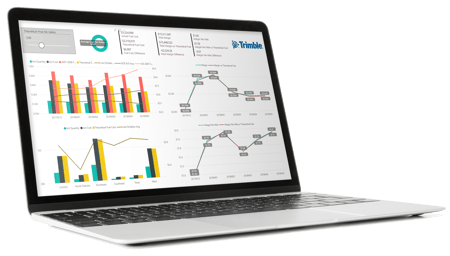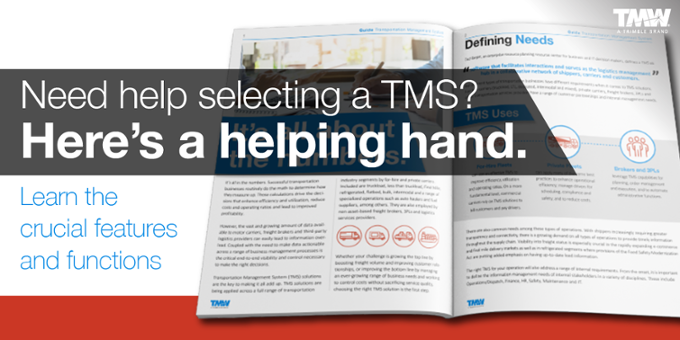
It’s not always business as usual when it comes to embracing data and using business intelligence to drive company operations. For fleets and 3PLs, adopting tools that seem far removed the road might seem counter intuitive to business practices that have worked for decades. But if you haven’t been questioning the effectiveness of those practices in the current business climate you’re getting left in the dust by competitors who are leveraging technology to maximize the most important, and least visible, elements of success: saving time and improving efficiencies.
How to Start Gathering Data for Business Intelligence
Questioning what’s still working goes against the “if it ain’t broke” maxim, but it’s essential in today’s climate. Right now there are well-developed, cloud-based tools (no hardware investments required) that can gather information from numerous standalone applications and systems, analyze it according to a specific company’s needs or requirements, and provide actionable data which can improve profitability, identify missed revenue and cost-saving opportunities, and make the last mile more efficient. Getting there isn’t necessarily easy – it takes resolute leadership, time commitments, and team collaboration.
Trimac Transportation, a 75 year-old Calgary-based bulk trucking and logistics operation that also provides brokerage service and transload facilities, is a case study on how to get it right.
Trimac, named Business Intelligence Innovator of the Year in 2017, initially had difficulty developing a data warehouse for reporting and metrics, abandoning its first effort after it was unable to effectively integrate a sea of information produced by stand-alone systems. The company’s CEO, an unflinching advocate for business intelligence, pushed his team to start over, providing them with key performance indicators he wanted metrics on. Committed leadership led to buy-in from management which in turn spread throughout the staff.
Investment in Trimble Transportation’s TMWSuite and business intelligence tools helped Trimac achieve success, providing the company with an overview of its entire operations. Once they integrated their diverse systems, which included Microsoft software, Omnitracs, HR and safety, Trimac had the ability to comprehensively view fuel expenses, identify pockets of risk and exposure to fraud and theft and focus on key performance indicators like utility, pay, revenues, compliance, and usability cycles.
Business Intelligence Best Practices
Staying flexible, constantly reviewing the relevance of data, and ongoing prioritization is a key to succeeding, as is knowing what needs to be retired (and when). Staying focused on a limited number of goals at a time will deliver tangible, measurable results and avoid the “scope creep” that dilutes efficiency, diverts resources and wastes time.
 Another key to success is keeping the data clean and easy to intuit, especially on a visual level, which includes using uncluttered dashboards for information management and presentation. Managers and team leaders will know their business intelligence is working for them when they can immediately spot an opportunity for improvement in a metric and understand how to achieve it.
Another key to success is keeping the data clean and easy to intuit, especially on a visual level, which includes using uncluttered dashboards for information management and presentation. Managers and team leaders will know their business intelligence is working for them when they can immediately spot an opportunity for improvement in a metric and understand how to achieve it.
Finally, once your data is removed from its silos and put to use, keep it relevant by having it managed and reviewed by a collaborative and informed team that constantly monitors it for effectiveness and new insights.


